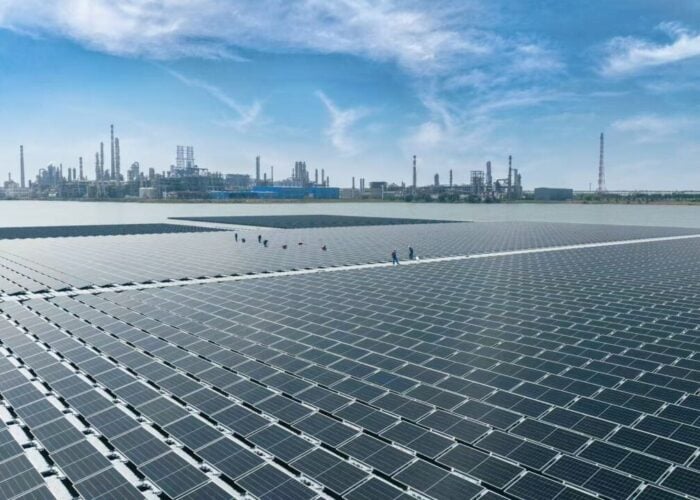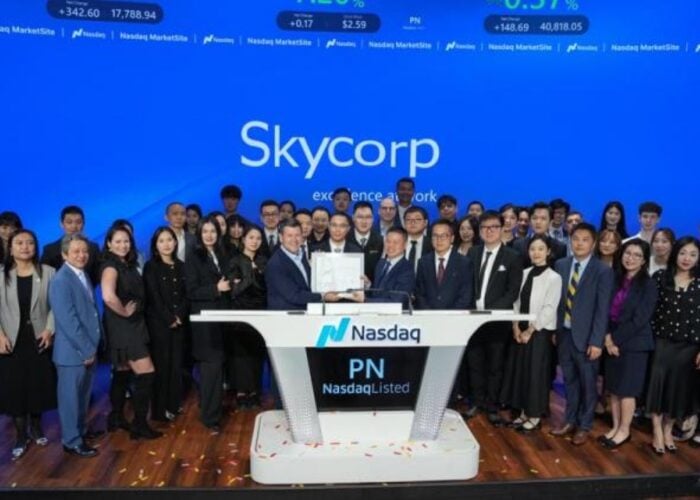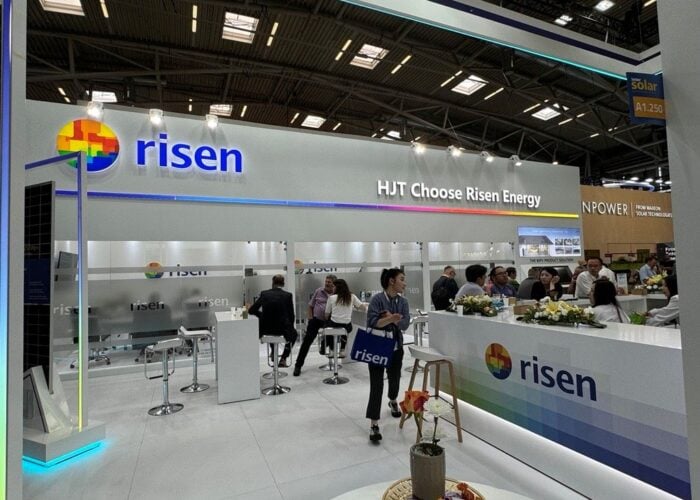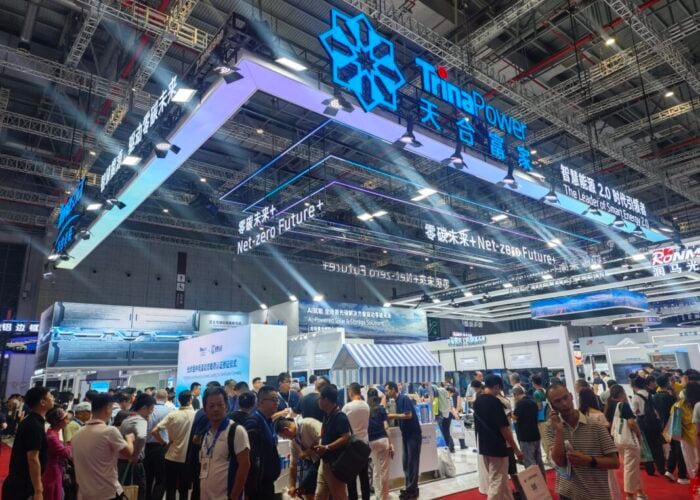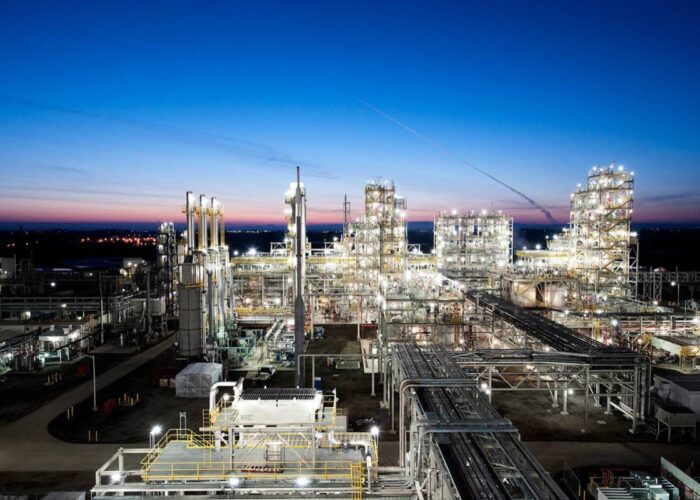REC Silicon is further reducing its workforce in Moses Lake, Washington due to the ongoing solar trade war between China and the US.
Due to a lack of official talks over anti-dumping and countervailing import duties on polysilicon made in the US, which previously supplied ingot/wafer production in China, REC Silicon is reducing its workforce at its Moses Lake plant by around 40%, or around 100 employees, leaving around 400 workers at its facilities in Moses Lake, Washington and Butte, Montana.
Unlock unlimited access for 12 whole months of distinctive global analysis
Photovoltaics International is now included.
- Regular insight and analysis of the industry’s biggest developments
- In-depth interviews with the industry’s leading figures
- Unlimited digital access to the PV Tech Power journal catalogue
- Unlimited digital access to the Photovoltaics International journal catalogue
- Access to more than 1,000 technical papers
- Discounts on Solar Media’s portfolio of events, in-person and virtual
Before the trade war, REC Silicon employed approximately 900 workers in the US and had annual revenue of around US$1.0 billion. The company reported revenue of around US$272 Million in 2017.
Additional impairments to inventories, accounts receivable, and fixed assets were said to be expected in its second quarter earnings release on July 19, 2018.
REC Silicon also noted ahead of its second quarter 2018 earnings release that it had approximately US$42 Million in cash deposits and expected to report approximately US$58 million in revenue for the quarter.
Fluidized bed reactor (FBR) production is expected to be 2,040MT or 240MT below the guidance on April 26, 2018.
The company also highlighted that President Trump and U.S. Trade Representative Robert Lighthizer had been committed to finding a resolution to the China tariffs on polysilicon import duties, which have effectively excluded US polysilicon makers such as Hemlock Semiconductor from the largest market, yet there had not been any re-opening of the China market to REC Silicon.
PV Tech has previously highlighted that the Chinese government wanted the country to become self-sufficient in high-purity polysilicon production for both its solar and semiconductor industries, encouraging capacity expansions to meet demand growth.
China impacted by demand slowdown
However, a recent twist to policy, which has seen an installation cap placed on the utility-scale PV market and the Distributed Generation (DG) markets, resulting in PV deployments expected to be in the 30GW to 35GW range in 2018, down from over 53GW in 2017, has started to impact polysilicon demand in China.
Equity investment firm ROTH Capital reported last week that its channel checks indicated that around 150,000MT of polysilicon capacity in China out of approximately 400,000MT of capacity had recently been idled to limited overcapacity and ASP declines.
The lull in demand has enabled some firms to undertake annual maintenance of facilities but operations may be under maintenance for an extended period, according to ROTH. The firm also highlighted that some of the major capacity expansions underway could be halted, noting that un-named Chinese banks had stopped loan activity related to polysilicon capacity expansions.
PV Tech has previously highlighted that the Chinese government wanted the country to become self-sufficient in high-purity polysilicon production for both its solar and semiconductor industries, encouraging capacity expansions to meet demand growth.
REC Silicon has a JV in China to supply second-generation FBR polysilicon to the China market.

